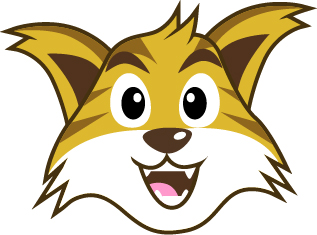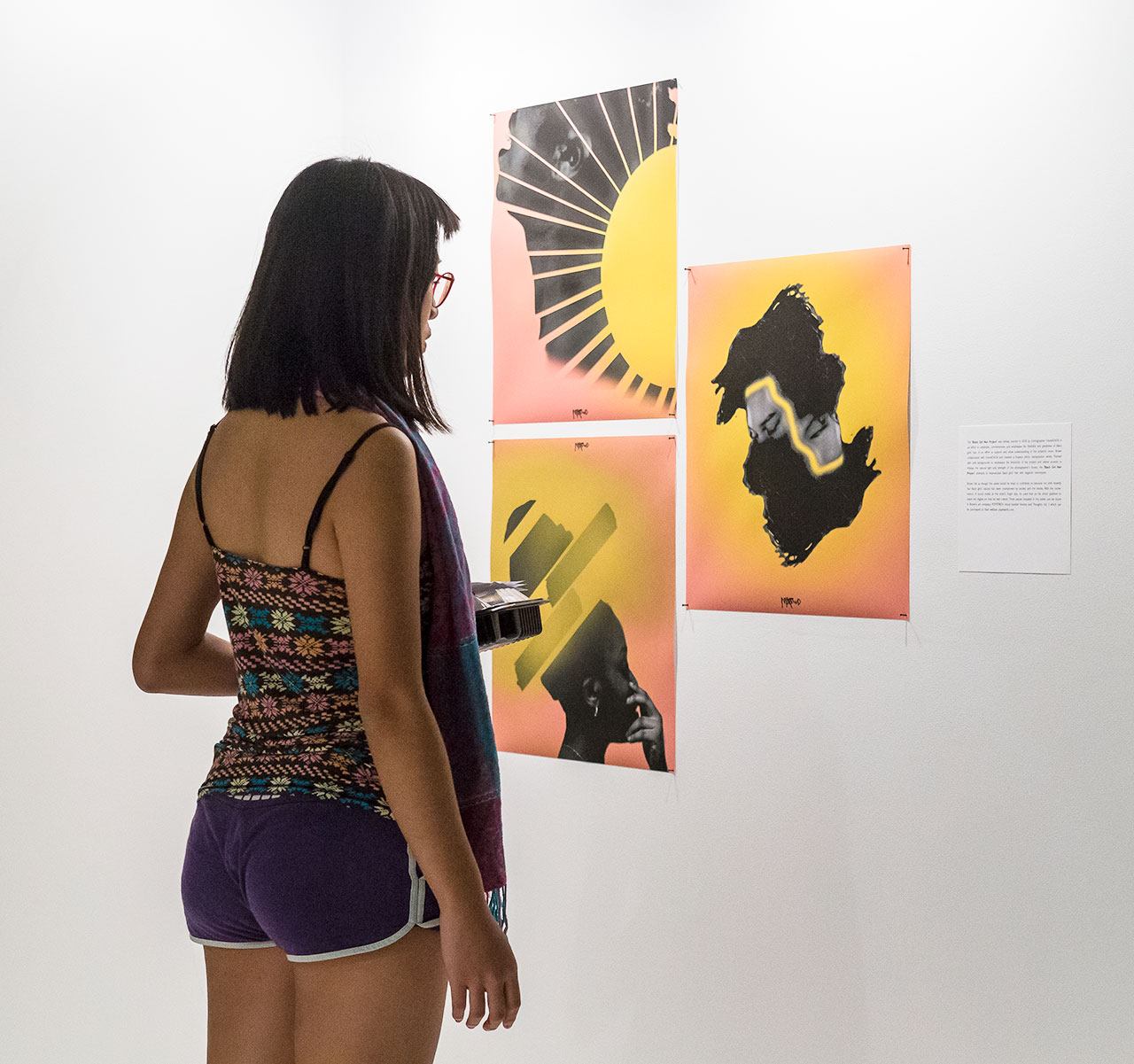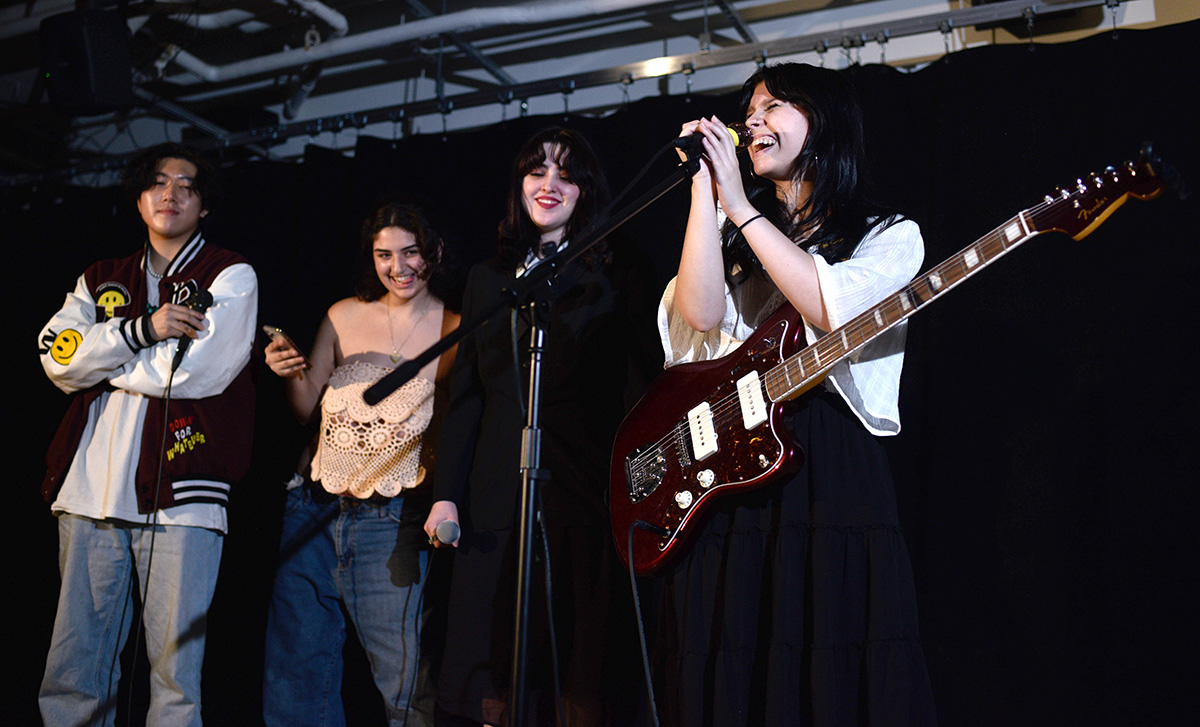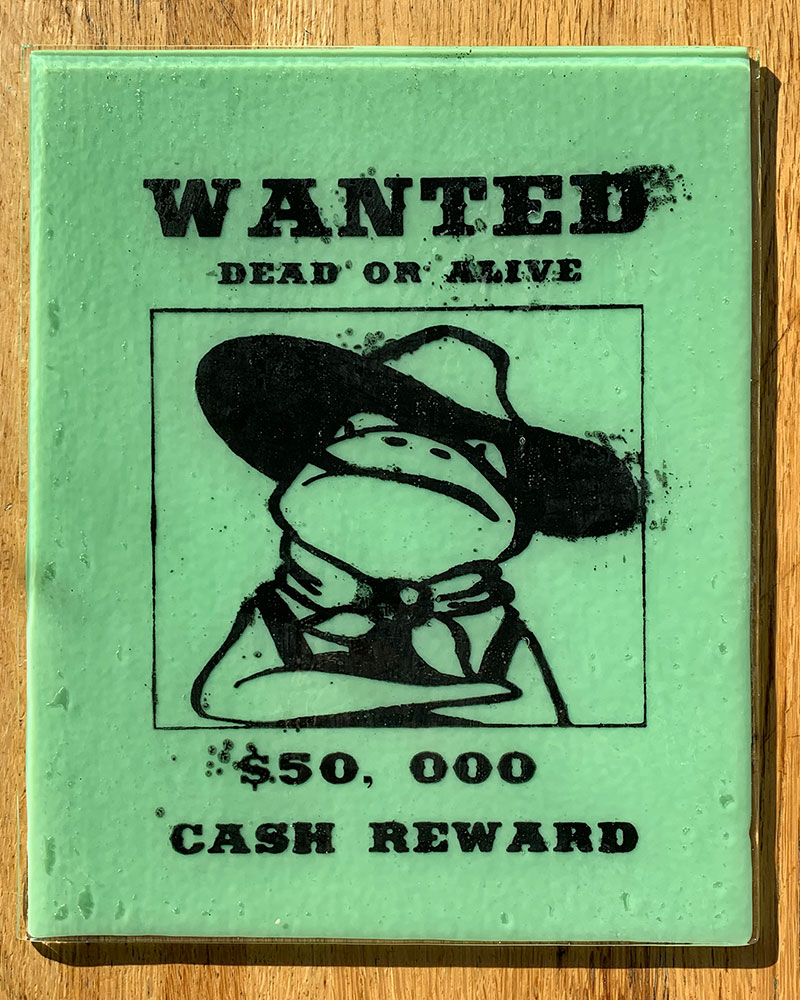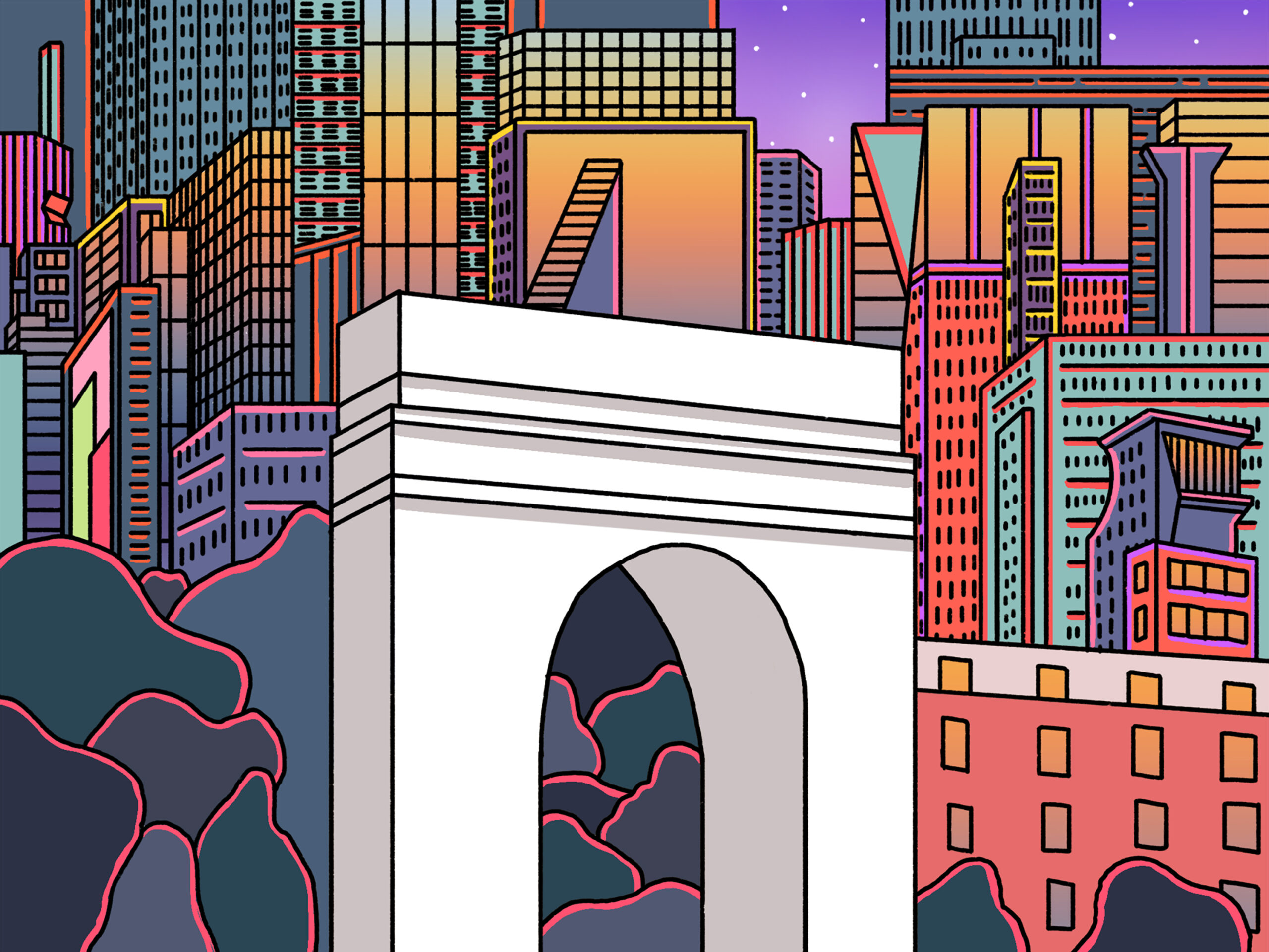
From building colorful towers with Lego blocks to molding lopsided pottery in an after-school art program, Max Van Hosen, Class of 2025, has been creating for as long as he can remember. In high school his creative interests shifted from aeronautical engineering to architecture. Then, eventually, he moved from architecture to illustration and animation. “With little experience in animation but a decent amount in creative writing, I ended up enrolling in a two-week virtual screenwriting camp,” Max says. “On the first day, I knew storytelling—visual or written—was the right path for me in college.”
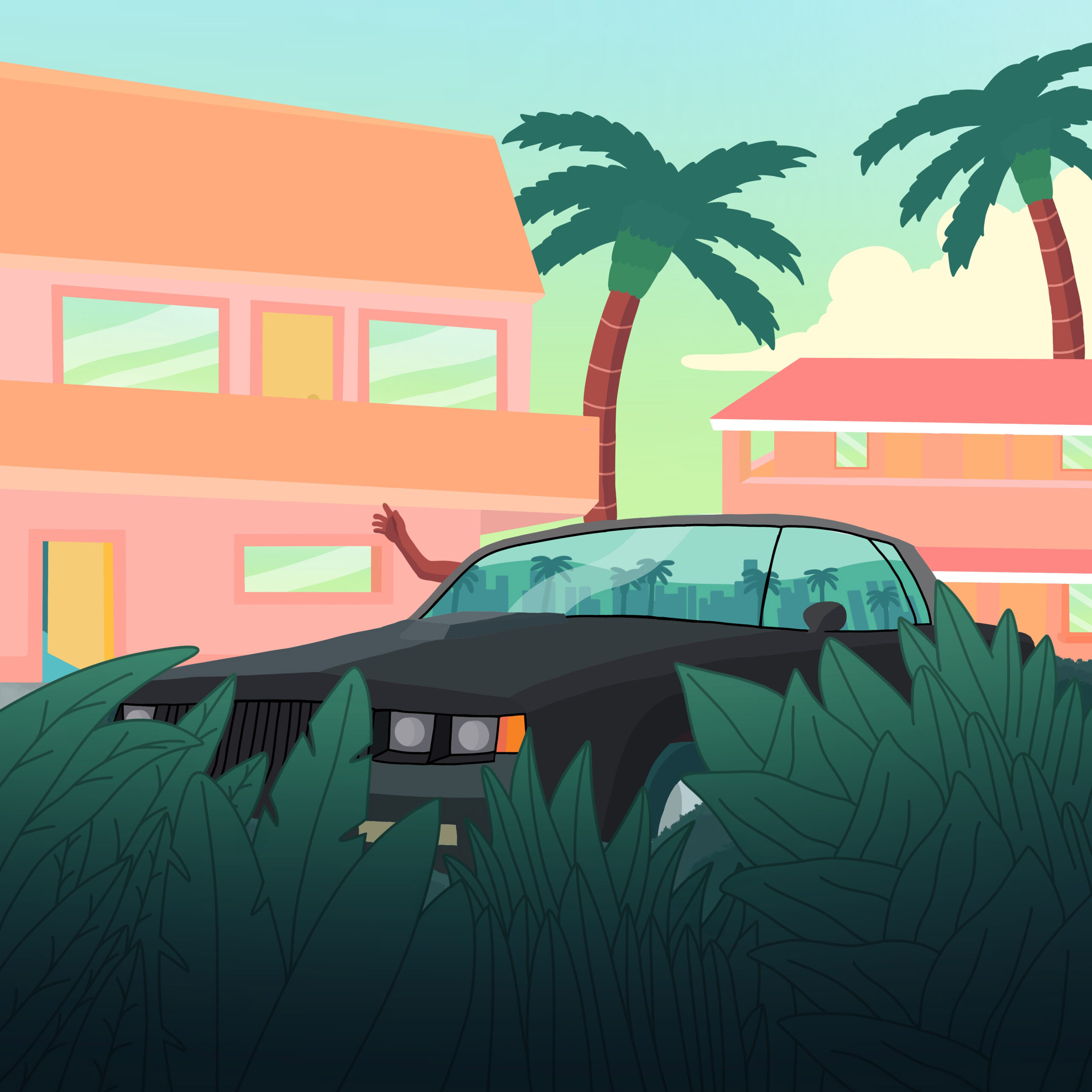
The Path to Discovery
At NYU, Max, who hails from Fayetteville, Arkansas, found a perfect place to tell stories through multiple mediums while developing his skills as a writer and artist. He decided to major in Dramatic Writing at NYU’s Tisch School of the Arts. At the same time, he minors in both Studio Art at the Steinhardt School of Culture, Education, and Human Development and Business of Entertainment, Media, and Technology at the Stern School of Business.
“I wouldn’t have considered myself an artist before I came to NYU. Starting a new chapter by living in an unknown world stripped me down to my core,” Max shares. “You determine what matters to you, what you want to put out in the world, and how you live in that world. It’s a simultaneously terrifying and refreshing abundance of self-discovery.”
Through classes like Episodic Writing and Introduction to Animation Techniques at Tisch, Max continued to shape his developing creative talents. Additionally, he joined NYU’s independent student newspaper, Washington Square News, as a staff illustrator. Today, he is the digital publication’s art director.
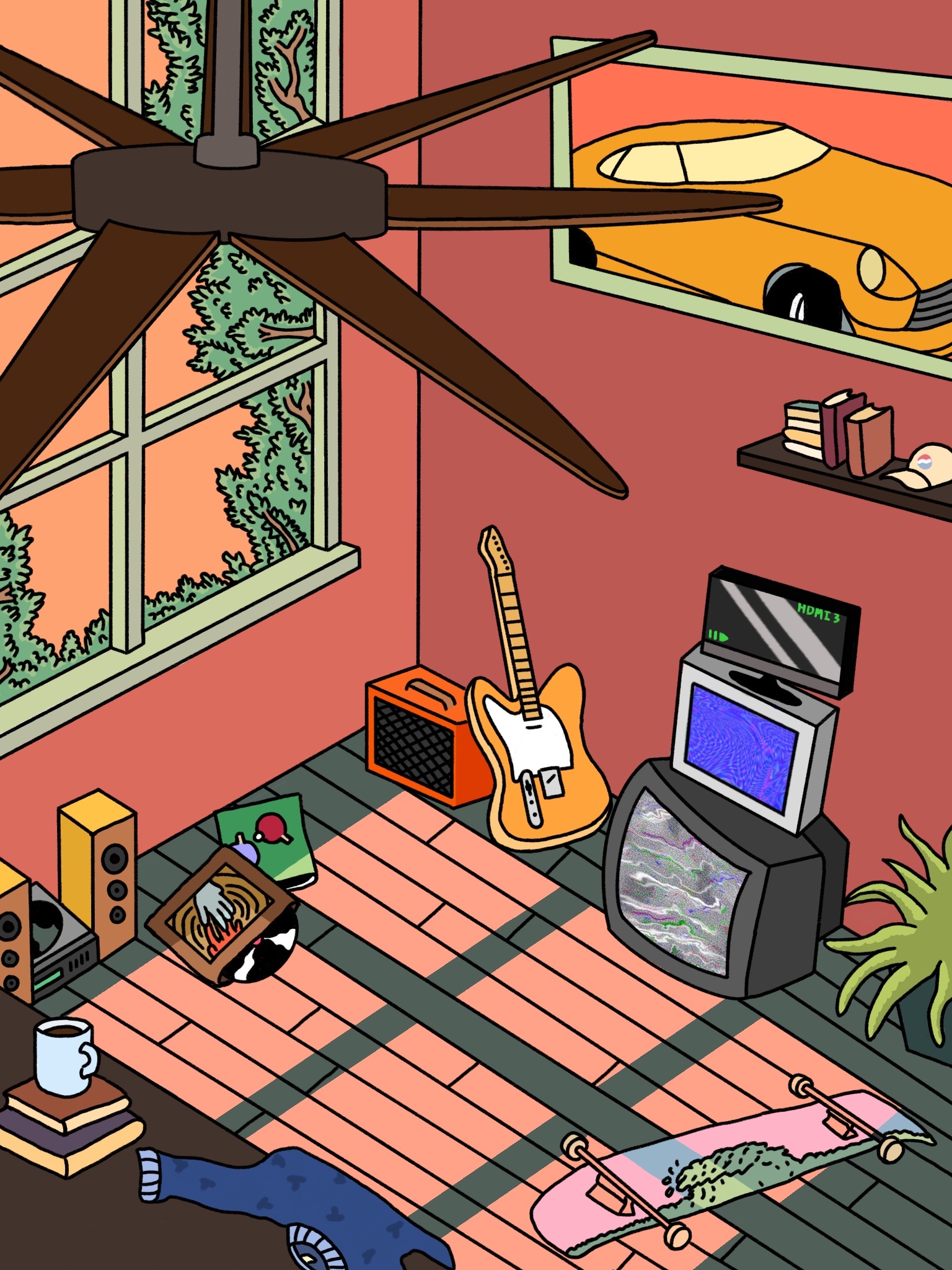
An Artist’s Process
Max creates his illustrations digitally. “My favorite thing about creating art digitally is that it allows you to go through the process of trial and error again and again. The medium allows me to explore new styles and techniques, even after years of failures and dead ends. Whether I draw the wrong line or use an unappealing color, I can fix it with a click,” he explains.
That ability to go back and redo is a crucial distinction between digital and physical art. “One of the greatest values of physically creating art is that it often forces you to accept and work with your own mistakes,” Max continues. “Digital art embodies that lesson too, but through a more optimistic (and less expensive) perspective. It embraces the philosophy that you have to fail to succeed—it is just more forgiving of failure.”
While Max draws inspiration from many sources, music plays an outsize role in his illustrations. He explores a variety of genres, including surf rock, rap, bedroom pop, new wave, and, most recently, samba. When he creates art, he imagines worlds where his favorite songs are constantly playing in the background. Then, he lets them influence the emotion of each piece. Nature and cars also feature heavily in many of Max’s pieces. “The coexistence of cars and nature—that antithesis of machinery springing from the environment it harms—fascinates me,” he says. “Yet through various perspectives, cars emulate velocity, tranquility, or nostalgia, all frequent themes in my art.”
Whether it’s warmth from a campfire, a cool ocean breeze, or the hum of streetlamps in the summertime, Max hopes his work will evoke specific experiences for viewers. “When I initially began, I was illustrating scenes from dreamy, atmospheric worlds I wished to escape to,” Max reflects. “Like writing, you can really create whatever you want from your head and live there. Now I choose to visually explore the fuzzy, serene moments of life. And I hope those who experience my work get to live there for a bit.”
